Picture this: you are on a night out with the girls, and you’re having a good time, but you can’t even walk back to your car afterwards because your feet hurt. We do understand! How many times do you wear your favorite pair of shoes only to ditch them to go barefoot in public? Why, though? We can only think about the most common culprit—shoe rubbing.
What happens if you wear shoes that rub? First of all, the mere thought of your shoes rubbing can send you into a panic mood in an instant. As if the stabbing pain is not enough, it may go the extra mile to leave you with bunions, cuts, and blisters—the undesired souvenirs to serve as a reminder of the distress you’ve endured. No one deserves to go through this agony.
So, how do you stop your shoes from giving you blisters and rubbing the top of your feet? Follow us on a jolly good ride to find the answers below.
The Roast
- Your feet may rub against your shoe material just because they’re new; other reasons include moisture, heat, and ill-fitted footwear
- Besides going for properly-sized footwear, another way to limit your risk of blisters from shoe rubbing is by going for high-quality, flexible, and breathable materials such as leather and suede
- You can also stop your shoes from rubbing by applying Vaseline, using plasters, trying your shoes on for the first time with socks, using tongue pads, insoles, heel grips, etc
Why Do My Feet Rub in My Shoes?
The first step to understanding how to stop shoes rubbing is knowing why they do. We’ve shared the most likely reasons below:
It’s normal to experience soreness in your feet when donning a pair of heavy and heeled footwear straight out of the box. Your new shoes will rub against your skin, causing blisters, pain, redness, and swelling. This typically continues until your feet finally get used to the new material and fit like snugly.

The disadvantages of wearing shoes that are significantly larger than your size go beyond tripping hazards. Oversized footwear gives enough room for your feet to move freely as you walk, increasing the likelihood of your shoes rubbing. The same thing happens when you wear overly tight footwear — it constantly rubs against the shoe, causing blisters and blackened toenails.
You may not notice this, but your blood vessels may expand when an increase in temperature forces your body to overheat. This makes your tissues (especially those in the feet, ankles, and lower legs) accumulate fluid, expanding your feet and causing less wriggle room in your shoes.
Water in shoes can soften skin and make your feet more prone to rubbing against footwear. As you can already guess, this leads to blistering, soreness, and general discomfort.
How Do I Stop My New Shoes Rubbing the Top of My Feet?
Below are some easy but effective tips to help stop your shoes from rubbing:
We’ve all bought shoes in smaller sizes because we hoped they would stretch in the future. While this is true in some situations, it's never a good idea to rely on your footwear expanding later on. Instead, ensure that you get shoes that fit perfectly from the beginning. With your correct size, the tendency of your shoes to rub will reduce significantly.
Start by determining your correct size. To do this, we advise that you measure your feet in the afternoon after walking around for some time. This way, the measurements will reflect your feet’s natural expansion. If you're struggling with getting your measurements right, you can always seek help from a professional.
Will you be wearing your new pair of shoes with socks? If yes, be sure to test your footwear while putting on the socks that you intend to wear them with. In other words, don't use thin socks to try out your new shoes when you intend to rock them regularly in thicker socks. With this trick, you'll get the most accurate idea of how well the shoes fit.
Meanwhile, if you're contemplating whether to wear your shoes with socks or not, the former is always the better idea. Socks help to keep your heels and toes together, preventing them from rubbing against the shoe. So, except for a few situations (e.g. when the weather is too hot), test and wear your shoes with socks.
Our feet may look precisely the same, but in reality, one is often slightly larger than the other. So, instead of testing your new shoes on one foot, be sure to try on both whenever you go footwear shopping. Both feet should feel comfortable in the style of footwear you choose. Otherwise, they may end up rubbing.
Plasters do a good job of protecting the sensitive points of your feet by creating a barrier between them and your footwear. They do this by reducing the friction between your feet's vulnerable areas and your shoe, thereby preventing blisters and general foot discomfort. So, you may also want to test your shoes with plasters before purchase.
We already know that water in your footwear can increase the chances of shoes rubbing. The obvious solution to this problem is to always ensure that your shoes are dry before wearing them. If you notice that a lot of moisture builds up in your shoes, you can use socks or footpowder to absorb the water. This trick is particularly suitable for preventing sneakers from rubbing.
Tongue pads, as the name implies, are cushioned shoe inserts that are positioned under your shoe’s tongue (the underside of the lace area). They're designed to prevent the upper side of your foot from rubbing against the shoe material above it.
Insoles and moleskins perform similar functions but for different parts of the foot. For example, while insoles are placed on the footbed, moleskins are used on all areas of the shoe that cause pain or friction (pressure points). Used individually or together, tongue pads, insoles, and moleskins help to prevent your shoes rubbing and its consequences.
Does the area around your heels often get sore after walking in your shoes for a while? Then invest in heel grips that give your heels less wriggle room, reducing the risk of friction between them and your shoe. You can also purchase gel pads to provide additional support and cushioning for your new shoes (especially boots).
How Do You Break in Shoes Fast?
Remember when we mentioned that your footwear may be rubbing because they’re fresh out of the box? Well, all you have to do is wait for a while for the shoe to adjust to your foot shape and feel more comfortable. However, if you’re in a hurry, there are steps you can take to stretch the material and get it to fit your feet better.
Here are some suggestions for breaking in new shoes:
- Use a shoe stretcher or stuff newspapers in your footwear (particularly sneakers) to expand the leather
- Apply heat from a hair dryer to stretch the leather (be cautious with this method, ensuring that you apply just the right amount of heat to soften the material without damaging it)
- Wear your new shoes with socks around your home for a while (take them off when they start to hurt and try again as many times as possible)
- Place Ziploc bags half full of water in your shoes and leave them to freeze overnight
Note: High-quality footwear, like the Black Tulip Sneakers for women, is made from naturally breathable and flexible materials, such as leather and suede. As such, they’ll be comfortable from the beginning, and you won’t need too much time or effort to break in. So, if you’ve been hoping for a “break-in” cheat code, there you have it!
Does Vaseline Stop Shoes from Rubbing?
Yes, vaseline can be used to reduce the friction in your shoes and lessen your risk of blisters. All you have to do is apply Vaseline to the areas of your feet that are most likely to rub against your shoe material. Common areas include the instep (the raised middle part of your foot’s top), your hallux (big toe), your pinky toe, and the back of your heels.

Enjoy Premium Comfort with the Right Shoes!
This article has successfully answered the pressing questions you have concerning your sneakers rubbing. From how to stop shoes from hurting the top of the foot to how to stretch shoes overnight and everything in between, you can now handle shoes rubbing like a pro with the tips above. Congratulations!
But having the right knowledge isn’t enough. It’s important to begin curating a comfortable shoe collection. That’s why you shouldn’t hesitate to browse through the Black Tulip shoe collection and get yourself the most comfortable pairs of trainers you’ve ever owned. All you have to do is ensure that you get the right fit, and you won’t have to bother about your shoes rubbing or discomfort anymore.

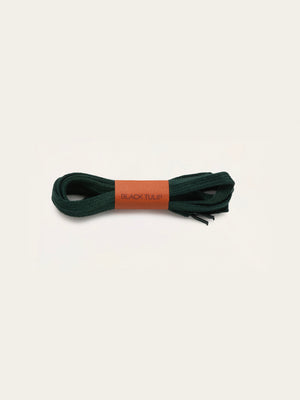



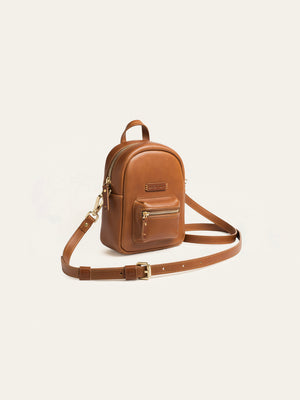






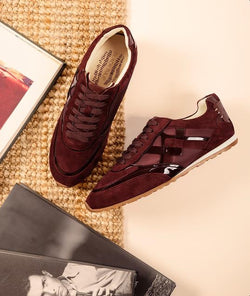










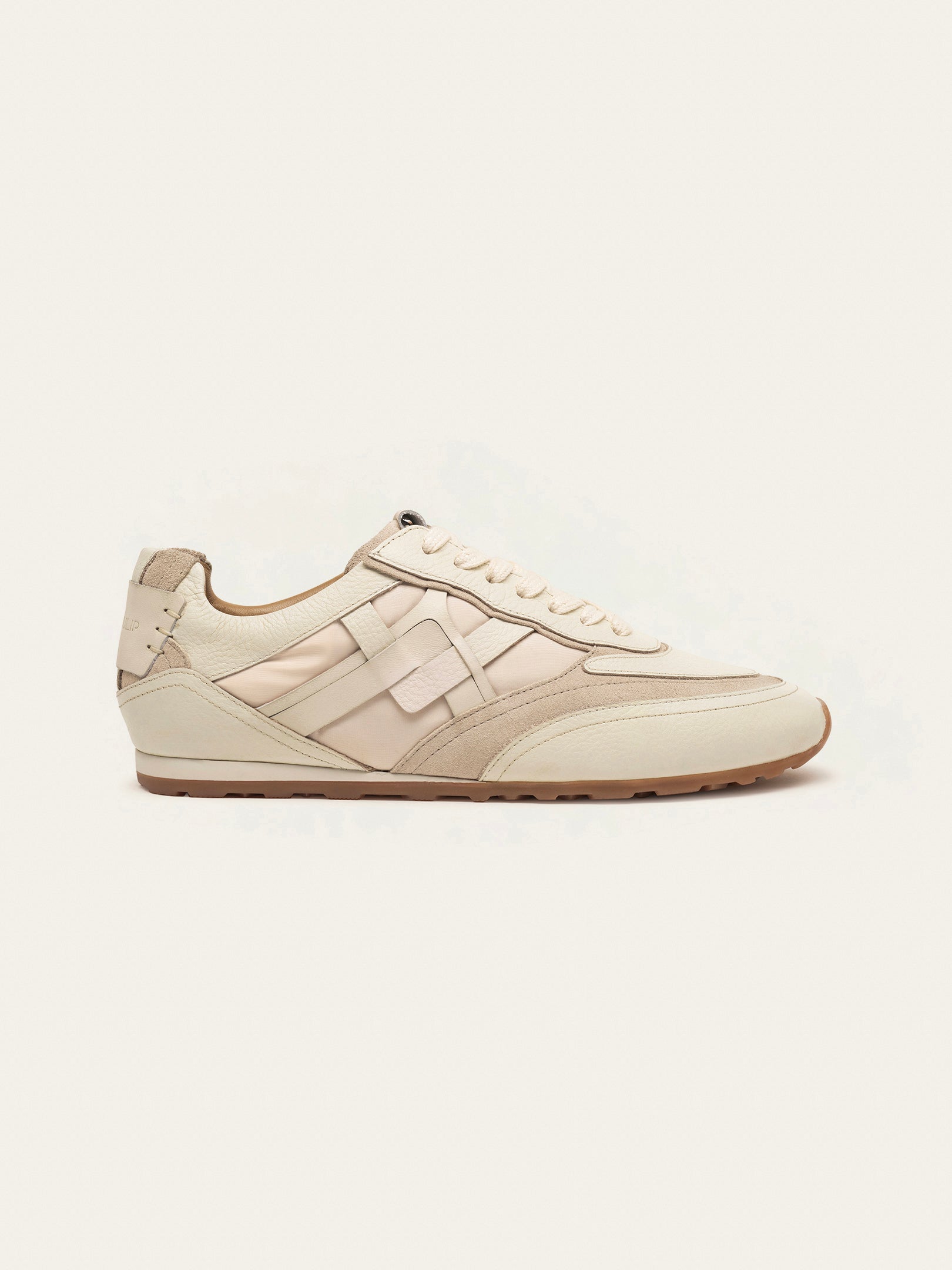



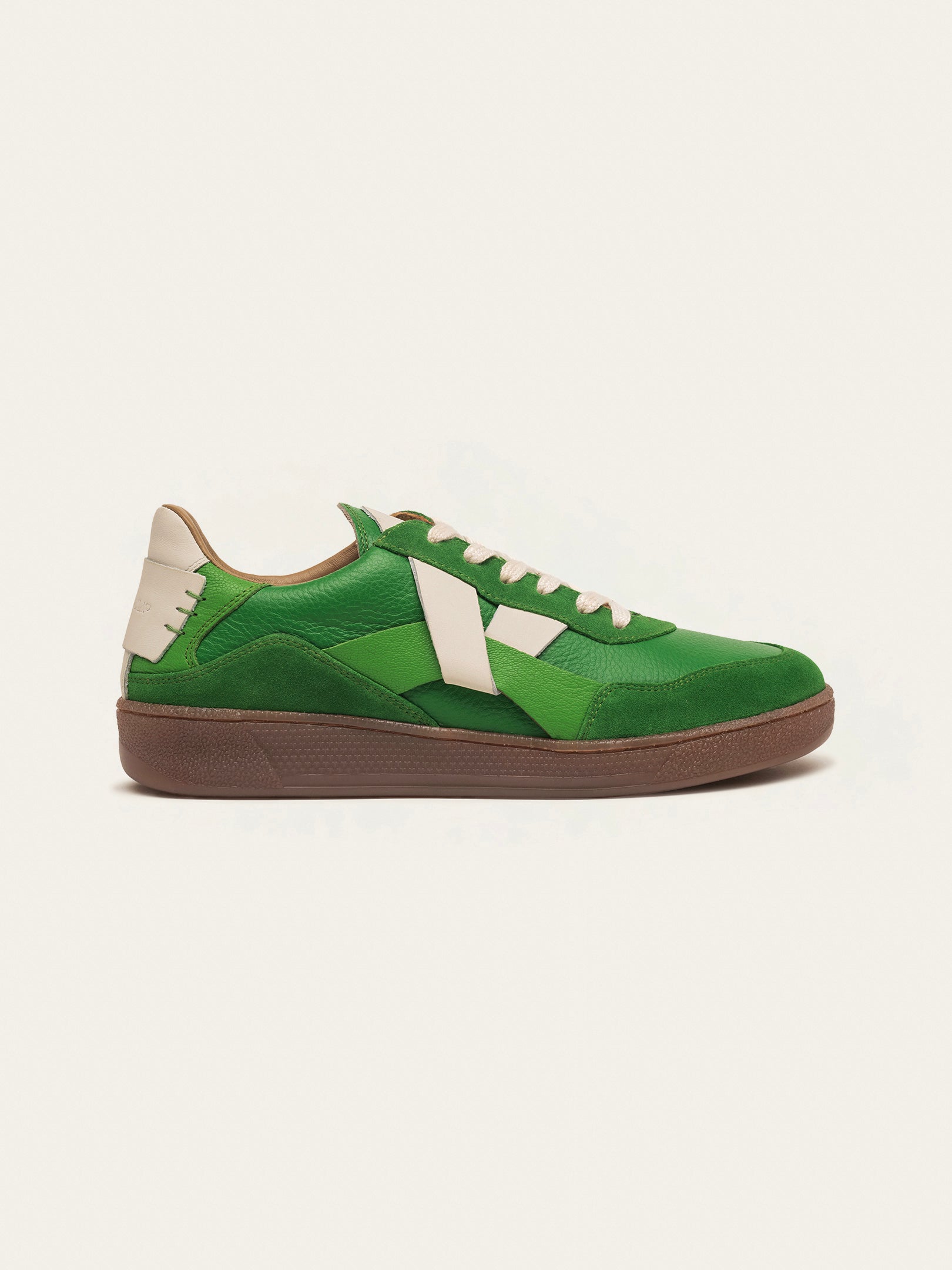
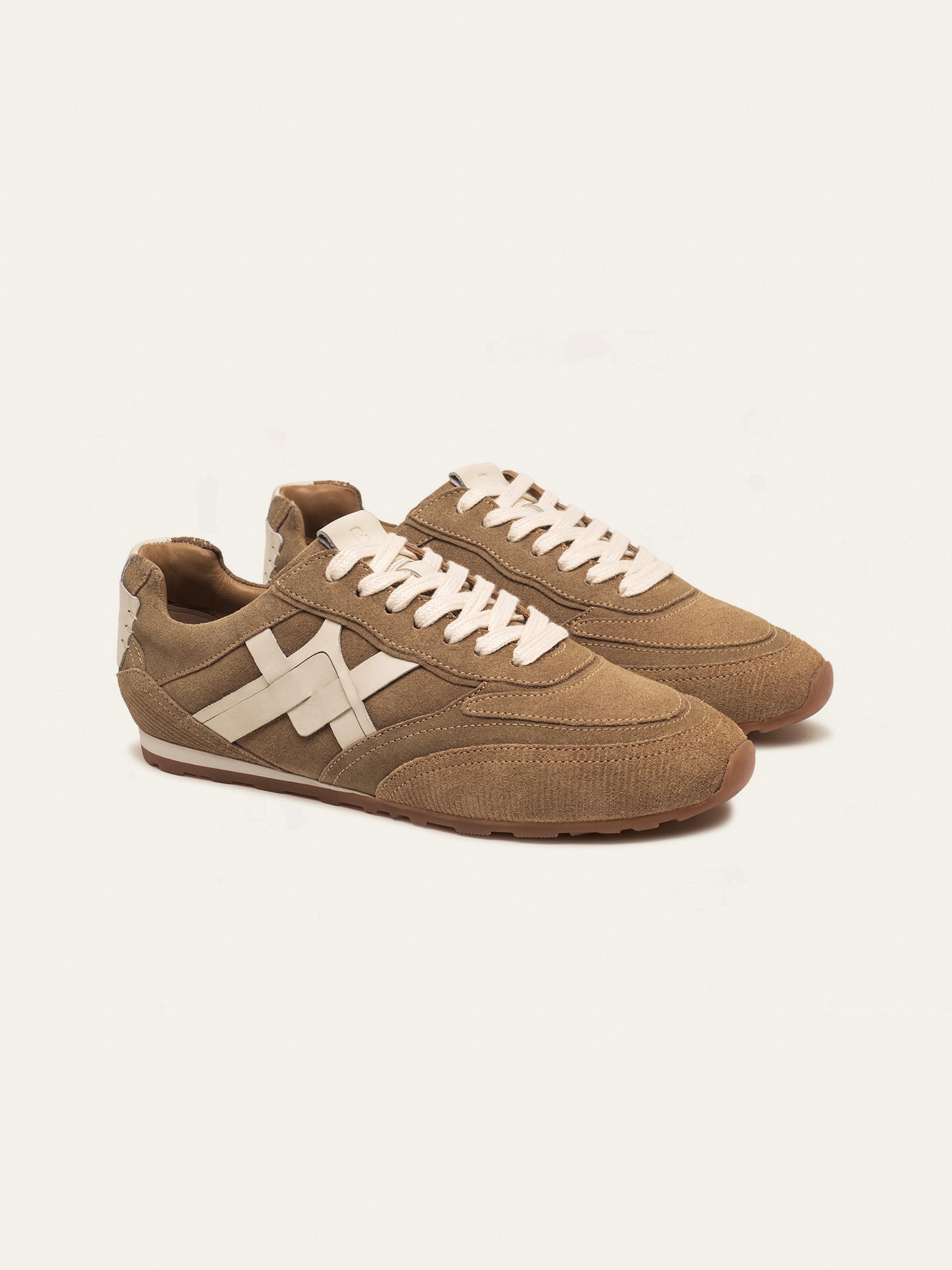




![Why Wide Fit Trainers Changed My Life: A Shoe Expert's Guide [2025]](http://blacktulipstudio.com/cdn/shop/articles/Blog_Img_3_8ce33137-6433-4543-8374-a7b009c05ff2.png?v=1763668125&width={width})

![Retro Runners vs Modern Trainers: A Real Runner's Guide [2025]](http://blacktulipstudio.com/cdn/shop/articles/blog-mobile_ec9ed0c4-2e29-4327-8733-eae234cb618c.png?v=1758780707&width={width})



